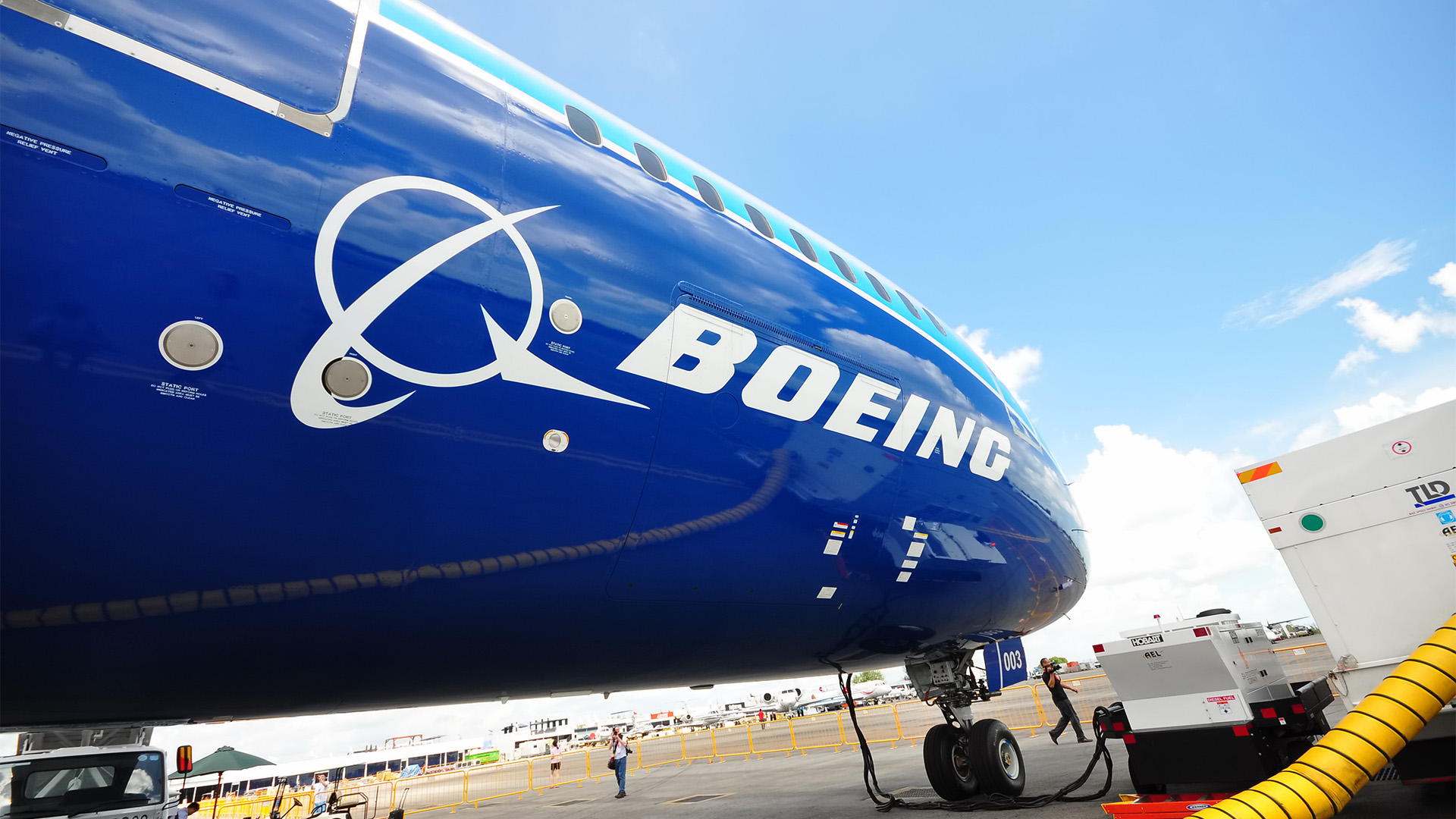Australia’s lowest-paid workers will get a 5.2% pay rise but they, like millions of other employees, will still fall behind the soaring cost of living.
While it is the biggest rise since 2006 and will help lowly paid workers, it still means no one will see real wage growth over the next year.
Wages will not grow anywhere near the 7% inflation rate now forecast by the end of the year by Reserve Bank Governor, Philip Lowe on the ABC program, 7.30 on Tuesday night.
The Fair Work Commission announced a 5.2% increase on Wednesday, taking the minimum wage to $21.38 an hour.
About 180,000 Australian workers will receive the 5.2% rise which is equivalent to a pay raise of $40 a week. It takes the weekly minimum wage to $812.60.
The commission’s decision will also affect more than 2.6 million people on industry awards linked to the outcome of the wage case. Workers on these so-called modern award minimum wage awards will get a pay rise of 4.6%. Some increases will be delayed till later in the year – especially in tourism and related services.
All up more than 2.7 million on award and minimum wages will be directly affected by the change, which is likely to take effect from the first pay period on or after July 1.
The close to 11 million other workers in the economy will not see much of an increase from the national wage case – despite more alarmist claims that it will spread – it hasn’t in the past because many other workers are on different wage setting systems such bargaining agreements, or contracts.
Unions had called for a 5.5% increase in a bid to protect low-income workers from surging inflation, while business groups argued for a hike of between 2.5% and 3%.
With inflation at 5.1% in the March quarter and now forecast to rise to 7% by the end of the year, the increase given on Wednesday will still see millions of workers experience a fall in wages in real terms.
Millions of other workers on EBA (Enterprise Bargaining Agreements) and other arrangements where wages are rising more slowly – 2% to 4% – will fall further behind, as they have been doing off and on for the past five years or more.
When explaining its decision on Wednesday morning, the Commission said it was awarding a higher increase than last year (2.5%) because “the low-paid are particularly vulnerable in the context of rising inflation”
It said it had to strike a balance between protecting workers from real wage cuts and worsening inflation.
The wage decision was one of the most anticipated in years after it became a key issue during the May 21 federal election campaign.













